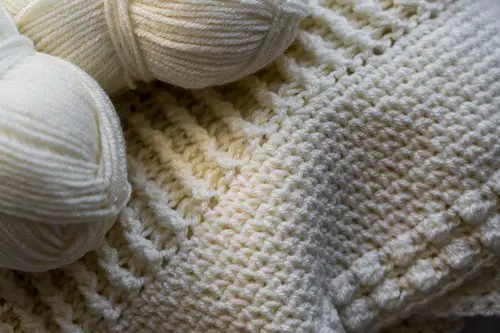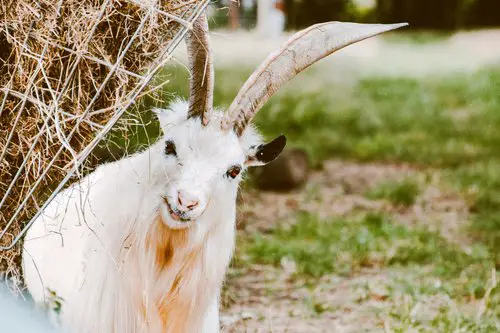Pashmina wool is a fine fabric drawn out from a cashmere fibre and made into a yarn or thread that is used to make textiles and clothings. Pashmina wool originated from the Tibetan Plateau in Tibet, specifically in the Ladakh, Kashmir region, Asia. Sharing its border with China to the North and India to the East, South and West.
Pashmina wool is a very expensive fabric due to the fact that it is one of the rarest and finest fabric ever made and the labour involved in its production from shearing in the form of cashmere wool and spun to become pashmina wool.
The exceptional way it is been crafted from start to finish is another reason for its expensiveness. Also because of its warmth, firmness, lightness, softness and ability to absorb dye. With every wash pashmina wool fabric gets softer, more luxurious and can last for years if attended to properly.

This is why royal families and people with ranks in the 15th century spent a lot of money to acquire them. Well, they were the only ones able to acquire them at the time. Still, pashmina wool is so valuable even now. It is recognized in the Guineas Book of Records as the costliest fabric in the world.
Pashmina wool is not to be confused with cashmere wool (1). There seems to be a very thin line between the two and they are used interchangeably in various context. Pashmina wool and cashmere wool are both gotten from the same animal.
The only difference which exist between them is that pashmina wool is spun from cashmere wool while cashmere wool is sheared directly from the animal. In other words, pashmina wool is the refined cashmere wool. That’s why there’s a difference in the diameter with pashmina wool having a diameter range between 12 – 16 microns and cashmere wool having a diameter range between 12 – 16 microns.
From Which Animal Is The Pashmina Wool Obtained?
Pashmina wool as most people think does not come from sheep. Sheep are not the only fibre producing animals, goats do too. Pashmina wool is obtained from a particular breed of goat found in the Himalayan cold arid region called The Changthangi goat. The Changthangi goat is a breed of goat raised and domesticated by the nomadic people (a set of people who don’t have a particular place of abode but move from place to place within a region) under very harsh conditions with a temperature of about — 40 degree centigrade.
The colder the conditions, the better the quality of the wool.

Most breeds of goats are reared to serve meat, milk, reproduction, skin, even pet purposes. But the Changthangi goat serves the purpose for fibre. The Changthangi goats comes in different colours with the colour white being more in numbers than other colours like black, brown and red.
These pashmina wool producing goats are very poor in the production of milk. The length of the pashmina wool is shorter in females than it is in males. The male goat produces about 300 grams of pashmina wool while the female produces within the range of 200 to 250 grams. One goat can produce wool enough to make one scarf and three goats can make a shawl.
The goat’s soft undercoat when grown to a particular length is sheared in spring. The method of wool shearing from a goat is different from wool shearing from a sheep. The cashmere wool gotten from goat is not as much as the wool gotten from sheep due to its double coat called guard hairs. This guard hair is not usable and has to be separated from the cashmere unlike the wool of a sheep where all is usable.
How Is Pashmina wool Made?
There are several processes in the production of pashmina wool fabric. Since the 15th century, the nomadic people first shear the cashmere wool from the goat, cleaned, combed and spun it into a fine yarn to produce pashmina wool.
In this century, the production of cashmere wool to pashmina wool follows the same processes as the nomadic people, but on a greater scale. It can take a nomad three days to manually produce a shawl, but with sophisticated machines available today, it can be mass produced.

Shearing
Cashmere wool is normally sheared during the spring period right after winter, which is when the goats have grown enough wool. This can be done with the aid of scissors or a knife.
Most people wonder what happens to the goat after the wool has been removed. Does it die? No,it does not die. Shearing of the cashmere wool does not lead to the death of the goat.
Though with its skin exposed, cold will be a major problem considering the very harsh conditions on which they are reared. The goats will survive and start growing wool again to be sheared next spring. This is why pashmina wool is very rare.
Cleaning
Dirt and impurities are removed from the wool. Most nomads clean the goat before shearing, others clean after shearing. The cleaning also involves washing with soap.
Combing/Spinning
The cashmere wool fibres are combed and spun in the spinning machine, twisting the wool fibres into yarn. It is at this point the cashmere wool becomes pashmina wool.
Dyeing/Weaving
Dyes can be applied to the already produced pashmina wool and weaved to any textile product of choice. Textiles like scarves, sweaters, vests and many others.
Pashmina wool fabric has proven its worth from centuries before till date and has not depreciated in value. There are so many unique things about it; being sheared from goats reared in the Himalayan mountains under very harsh weather conditions; to it being the finest fabric ever to exist; to its exceptional craftsmanship.
All these accounts for it’s expensive price tag that earned it a place in the Guinness Book of World Records. No wonder Napoleon Hill bought so many of it for his spouse that each could be used to count the number of days in a year. Yes, it is really that valuable.
Glossary
- Tissura (Link)

